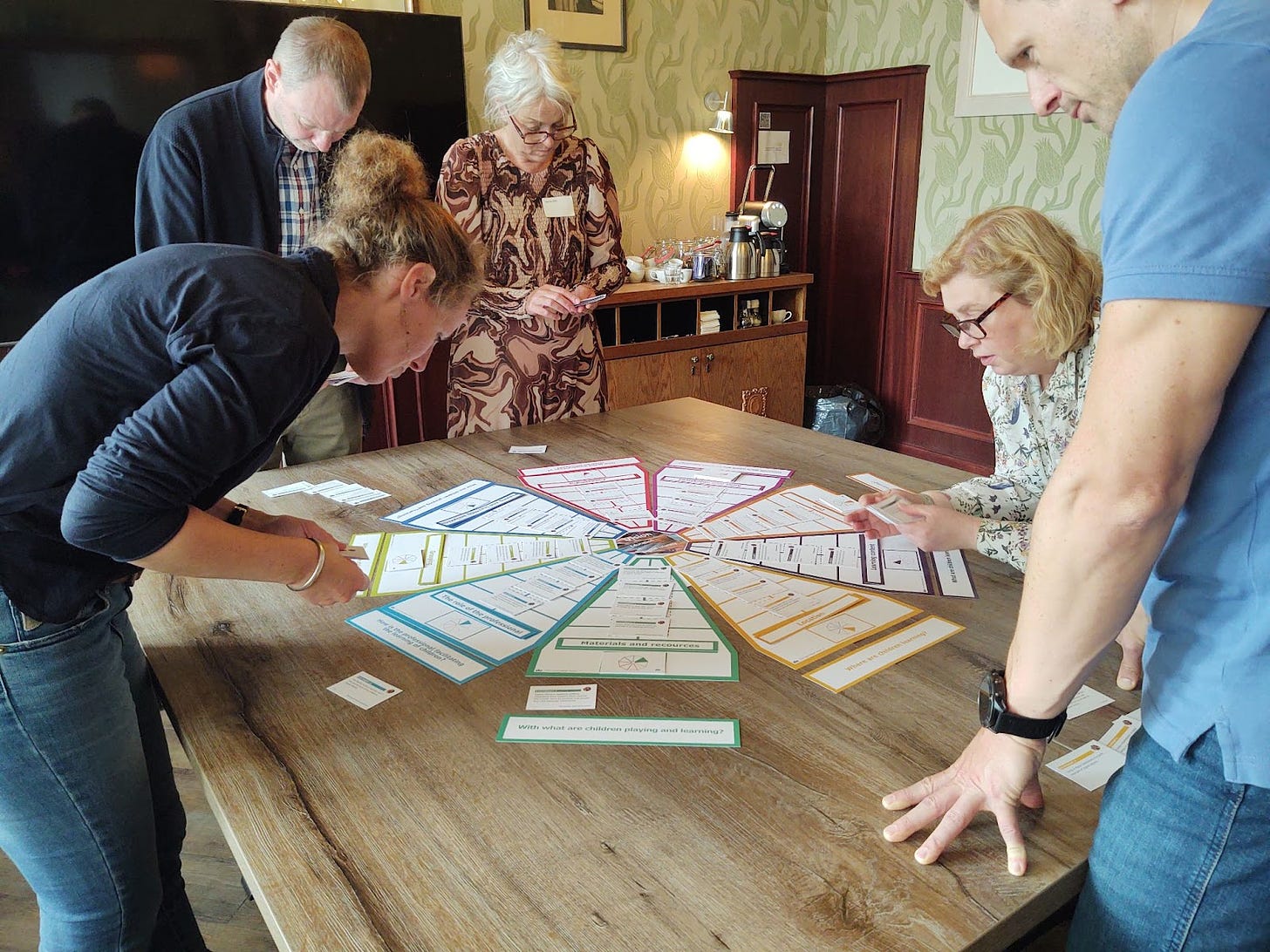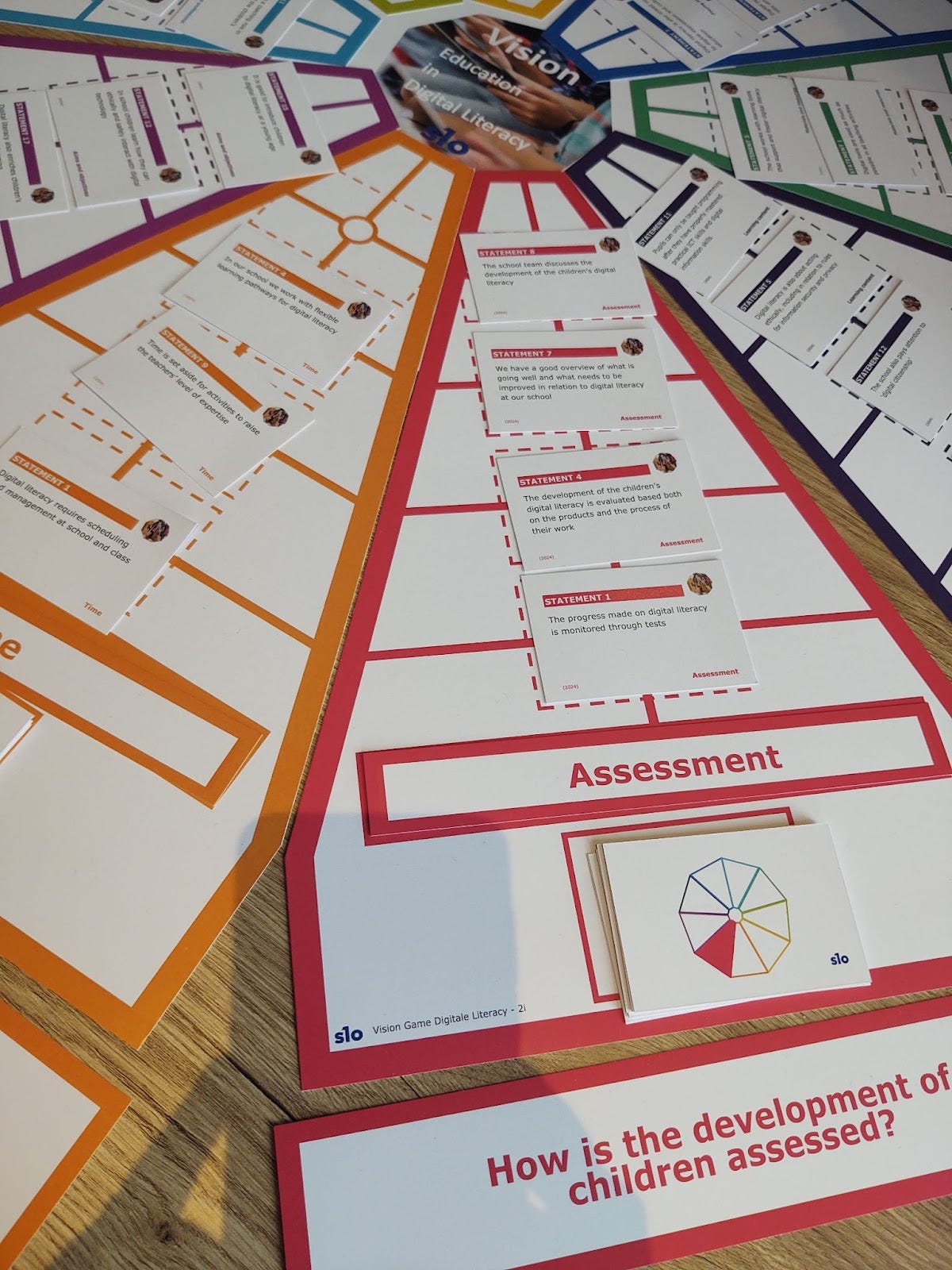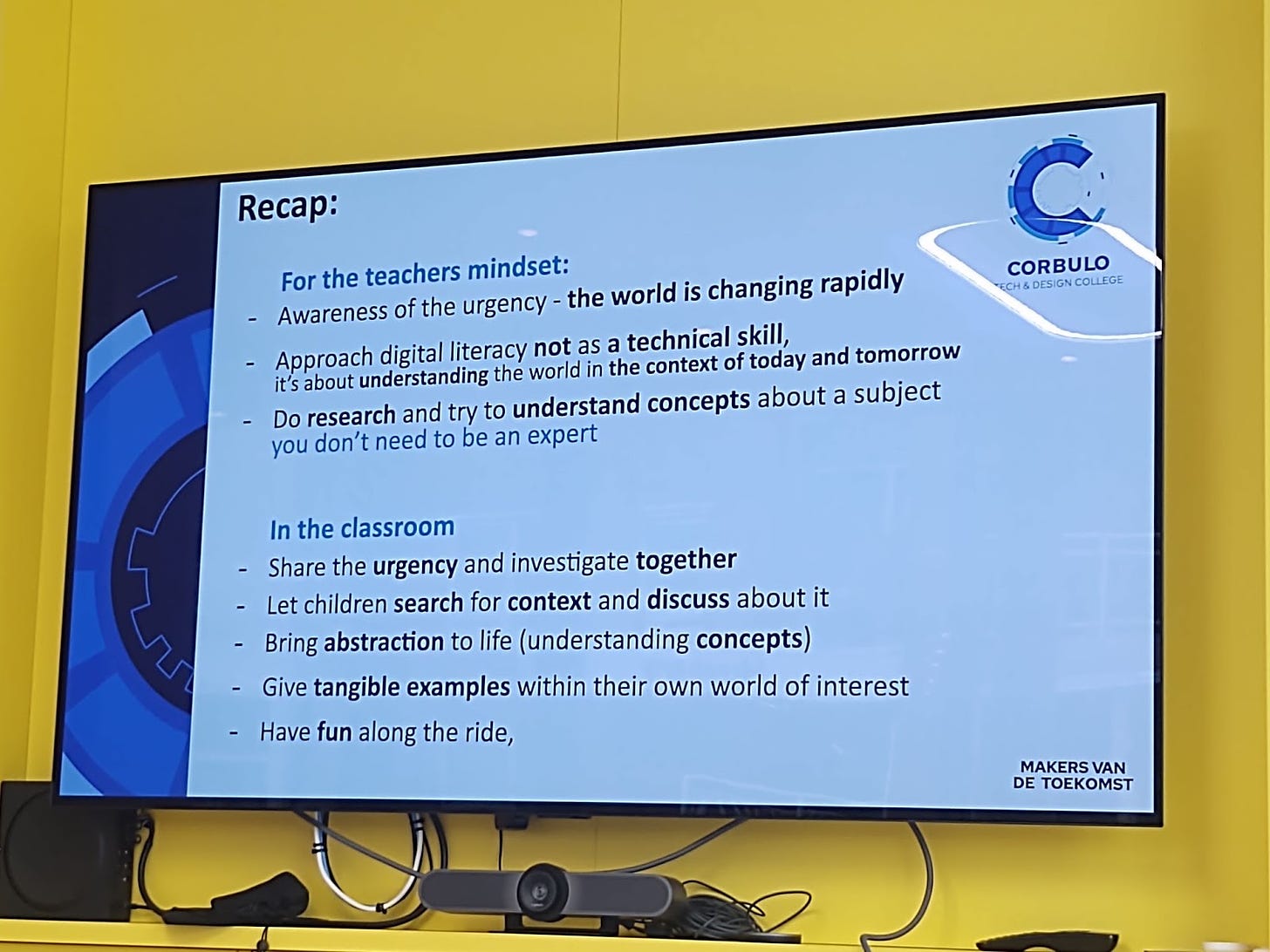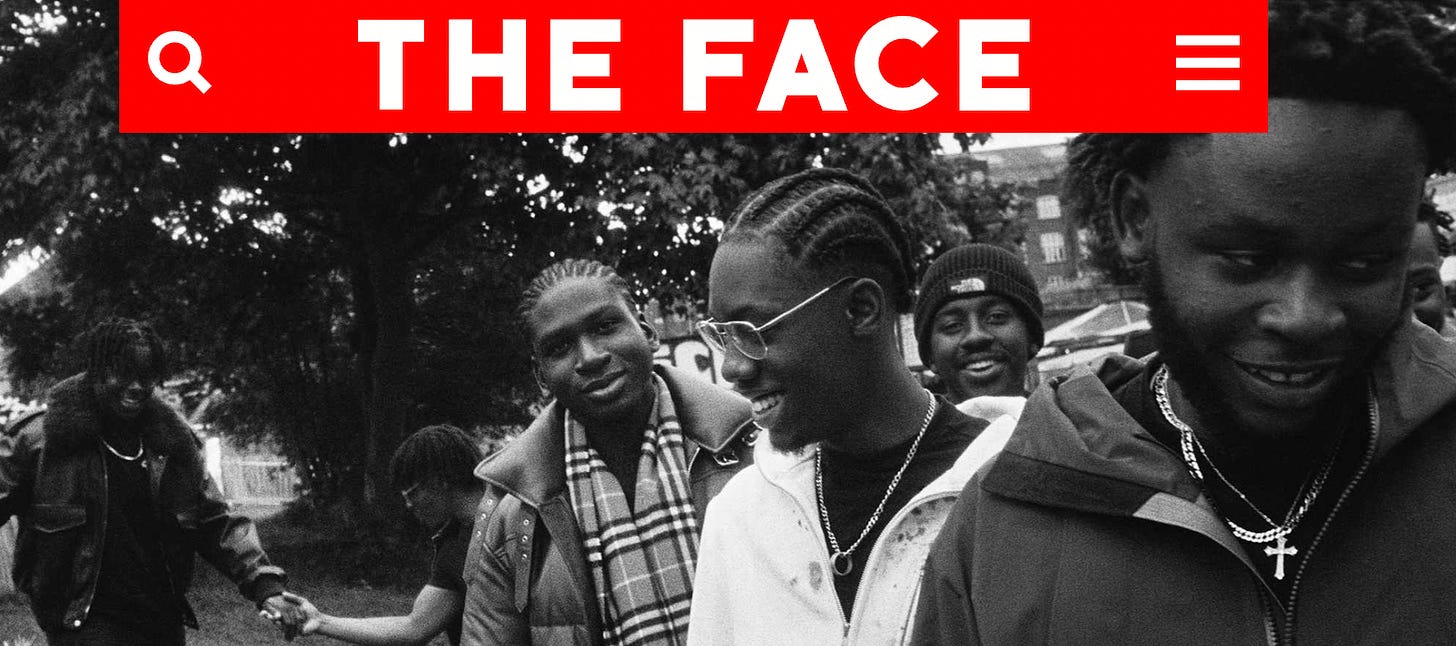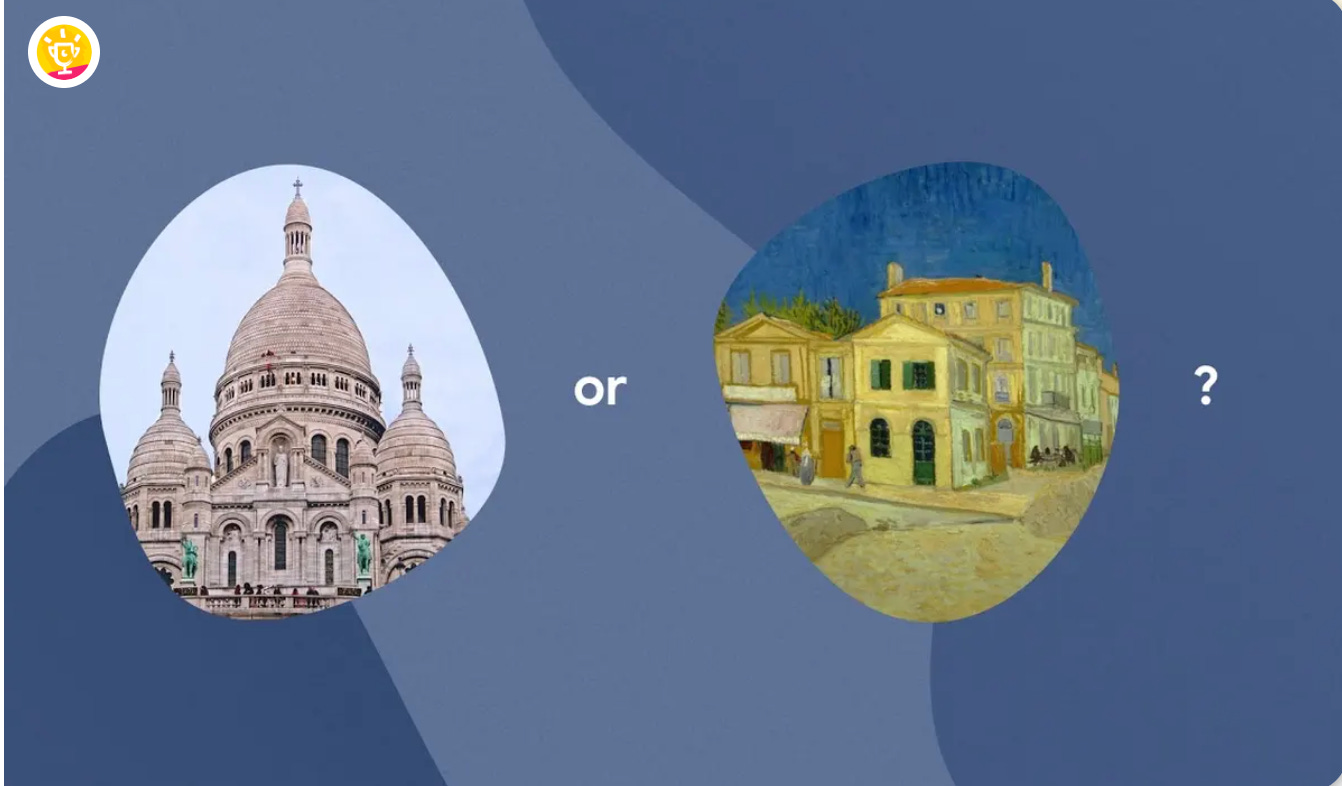Digital literacy across Europe
Girls' AI worries, retraining TikTok's algorithm, mining for copper, what came first and much more....
What’s been happening
Sarah has been in the Netherlands this week for the start of a new Erasmus project on digital literacy. Teachers from schools in Finland, Sweden, Denmark and the Netherlands are working together exploring aspects of digital literacy, computational thinking, design thinking, media literacy, responsible use of data and AI.
Participants from each country presented their digital literacy curricula. Apart from Finland, where cross-party agreements mean commitment to consistency in education, teachers and advisers from the other nations all felt frustration at the political football the curriculum can become. As we’ve discussed here previously, many countries are experiencing a lack of nuance in relation to digital/media literacy and the use of technology in schools. There seems to be an increasing tendency for politicians to focus exclusively on concerns around screen time and smartphones in schools rather than the context of learning with and about digital technology and information in the classroom.
In a deeper dive into digital literacy in the Netherlands, we heard from Martin Klein Tank and Gaby van de Linde from SLO, the Dutch institute for curriculum development, which bridges the contexts of policy, research and practice. Martin and Gaby described their work with teachers and curriculum experts to design a new digital literacy curriculum framework.
“Pupils learn to function in a society in which digital technology and digital media have an important place.”
The new core objectives for digital literacy in the Netherlands are due to be published later this year. We’ve had a sneak preview and it looks impressive. We’ll share it here soon. In the meantime, the five principles of digital literacy in the new curriculum framework in the Netherlands are:
Digital literacy has specific knowledge and skills
Digital literacy offers opportunities for expression and creative design
Digital literacy has a contemplative component:
The impact of digital literacy on humans
Critically examining the influence of digital technology on society
Taking a stand and acting accordingly
The relationship between humans and digital literacy is reciprocal
It is intertwined with other areas of learning (but some aspects may be best taught separately – it’s up to schools)
Gaby and Martin also led workshops on how to develop a whole school vision for digital literacy using a game they have devised to explore learning content, assessment, teacher professional development, resources, grouping.
We also heard from Michel Buchner, a teacher at Corbulo tech and design college and a creative technologist who formerly worked in experience design in museums. He presented the work of the school and the future of education.
Michel highlighted the urgency of addressing inadequate or declining digital skills among young people, quoting the European Union Digital Education Action Plan (2021-2027), which references the International Computer and Information Literacy Study (ICILS) showing that more than one third of 13-14 year olds who participated in 2018 did not possess the most basic proficiency level in digital skills.
Michel emphasised the need:
for teachers and the school system to be aware of the urgency of addressing a rapidly changing world. Share that urgency with students and investigate it together
to approach digital literacy not as a technical skill but as a way of understanding the world in the context of today and the future
to let children search for context and discuss it
to give tangible digital technology examples to children within their own world of interest
to have fun together.
The next steps for this Erasmus project will be the first Learnathon in each school – an action research project exploring computational thinking to test ways of working, reflect on practice and share with other teachers
They will create lesson plans/recipe cards/examples that can be adapted and tried by other teachers in the project and beyond.
AI roundup and quick links
The latest Girls’ Attitudes Survey from Girlguiding is out and it doesn’t make for reassuring reading. It finds that 77% of 7- to 21-year-olds have experienced an online harm in the last year, and incidents of cyber-stalking, seeing unwanted sexual images and individuals pretending to be someone they’re not online have all risen in the last three years. AI is a worry, with over half of girls (59% of 11–21-year-olds) saying they feel concerned that AI may be used to create fake images of them and impersonate them online
What happens if you put children in charge of the world’s most powerful algorithm? After half an hour of automated training, 80% of the feed was turned into cat videos, while the remaining 20% were ads. Interesting look at how an organisation retrained TikTok’s algorithm for young people. (Thanks to More than Robots)
Another h/t to More than Robots for this resource: Protecting Children from Online Grooming, which presents findings from qualitative research with 604 children aged 8-18 years across seven countries (Australia, Cambodia, Colombia, Finland, Kenya, Philippines, and South Africa) to understand how they experience and respond to interactions with unknown people online
How about a little Swedish roundup? This paper discussing young childrens and media literacy in Sweden is interesting, along with Swedish health guidance on sleep for children and use of screens and a model for the conscious use of digital technology in schools from the Swedish edtech Industry
Google is testing verified checkmarks in search. It should make it easier for users to avoid clicking on fake or fraudulent website links
We’ve highlighted Google’s NotebookLM before, with its unexpected capacity to make a podcast at almost the press of a button. MIT Tech Review takes a look at this surprise hit and how different people are using it
Got any old cables and chargers hanging around in school? How about going mining for copper…
We hear a lot about the bias inherent in AI systems but here machine learning is being used to uncover and highlight bias in an institution (family courts)
We’re reading, watching, listening…
Teenage boys’ lives are more complex than ever: The Face catches up with groups of boys aged 13 to 19 to hear their thoughts on the reality of being a teenage boy in 2024, covering everything from school and careers to mental health, politics and toxic masculinity. It’s fascinating, optimistic and surprisingly moving. As The Face concludes,
“But among the rife misogyny and toxic masculinity we’re seeing played out daily, these boys represent something hopeful: that there’s a cohort of soon to-be young men who are checking in with their mates. Calling out bad behaviour. Switched on to the failings of politicians. Who are caring and confident and respectful of women...We’re calling it now: the kids are alright.”
An elite Silicon Valley school tests a tech fast: Techscape newsletter looks at the impact of a tech-free week at a $62,400-a-year all-girls private school in Silicon Valley. Interestingly, the head finds the debate over Jonathan Haidt’s Anxious Generation, which calls for no smartphones until high school, “rather overheated”:
“I think it has to be about referencing things and not just banning them. Because we all have to be interacting with technology.That’s how we’re going to prepare our students to live in the world in which we live,” she said.
Large language models can do jaw-dropping things. But how? MIT Tech Review explores the issue of the unknowability of AI models, noting that:
“Grokking is just one of several odd phenomena that have AI researchers scratching their heads. The largest models, and large language models in particular, seem to behave in ways textbook math says they shouldn’t. This highlights a remarkable fact about deep learning, the fundamental technology behind today’s AI boom: for all its runaway success, nobody knows exactly how – or why – it works.”
Give it a try
What came first?
More fun from Google arts and culture. This time, get a handle on history by working out which came first out of two inventions / artwork / buildings etc. Van Gogh’s works feature oddly heavily.
Connected Learning is by Sarah Horrocks and Michelle Pauli



